SHAKE REPLACEMENT MEALS
Is it normal behaviour for most children to eat more one day and less the next? Parents and caregivers are left wondering whether their growing child may need something extra – maybe something to complement their meal or a meal replacement shake?

Let’s take a step back and outline picky eating in growing children.

Firstly, picky eating is common in toddlerhood and often referred to as fussy eating. The main behaviour of children perceived as picky eaters is their tendency to avoid certain foods. Toddlers may eat one thing the one day and the very next, they may refuse it totally. This is normal and you should not be too concerned about it. Secondly, recent studies have shown that there is very little difference between picky eaters and non-picky eaters in terms of their growth.

There is no clear difference between picky eaters’ and non-picky eaters’ intake of protein, fat and carbohydrates. These are the important macronutrients that directly affect a child’s ability to grow.
However, as expected, the vitamin and mineral intakes were found to be lower in the picky eaters, as they often pick around fruits and vegetables that are rich sources of vitamins and minerals.
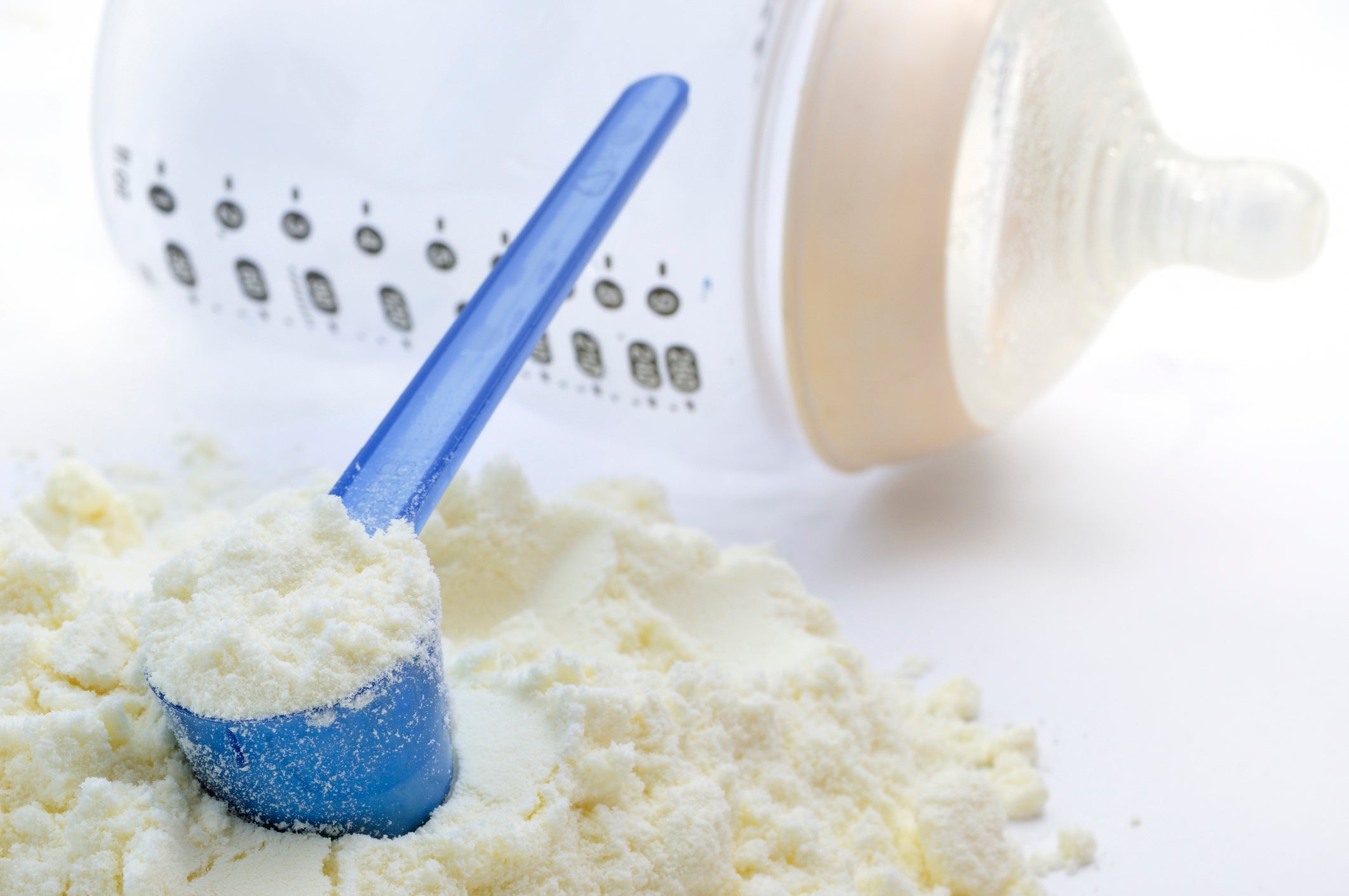
When would a meal replacement make sense?
Most growing children do not need a meal replacement. It is usually for a medical reason and recommended by a registered dietitian or paediatrician. Delayed growth and development of a child or in cases where a child has difficulty getting adequate nutrition due to a chronic illness or health-related dietary restrictions may include these reasons. The nutrients in the meal replacement assist to directly address the child’s ability to grow. How? The meal replacement provides all the nutrients that a child may need, including protein, fats and carbohydrates as well as the micronutrients during this time of dietary restriction. Therefore, no other nutritious foods than the meal replacement are required.
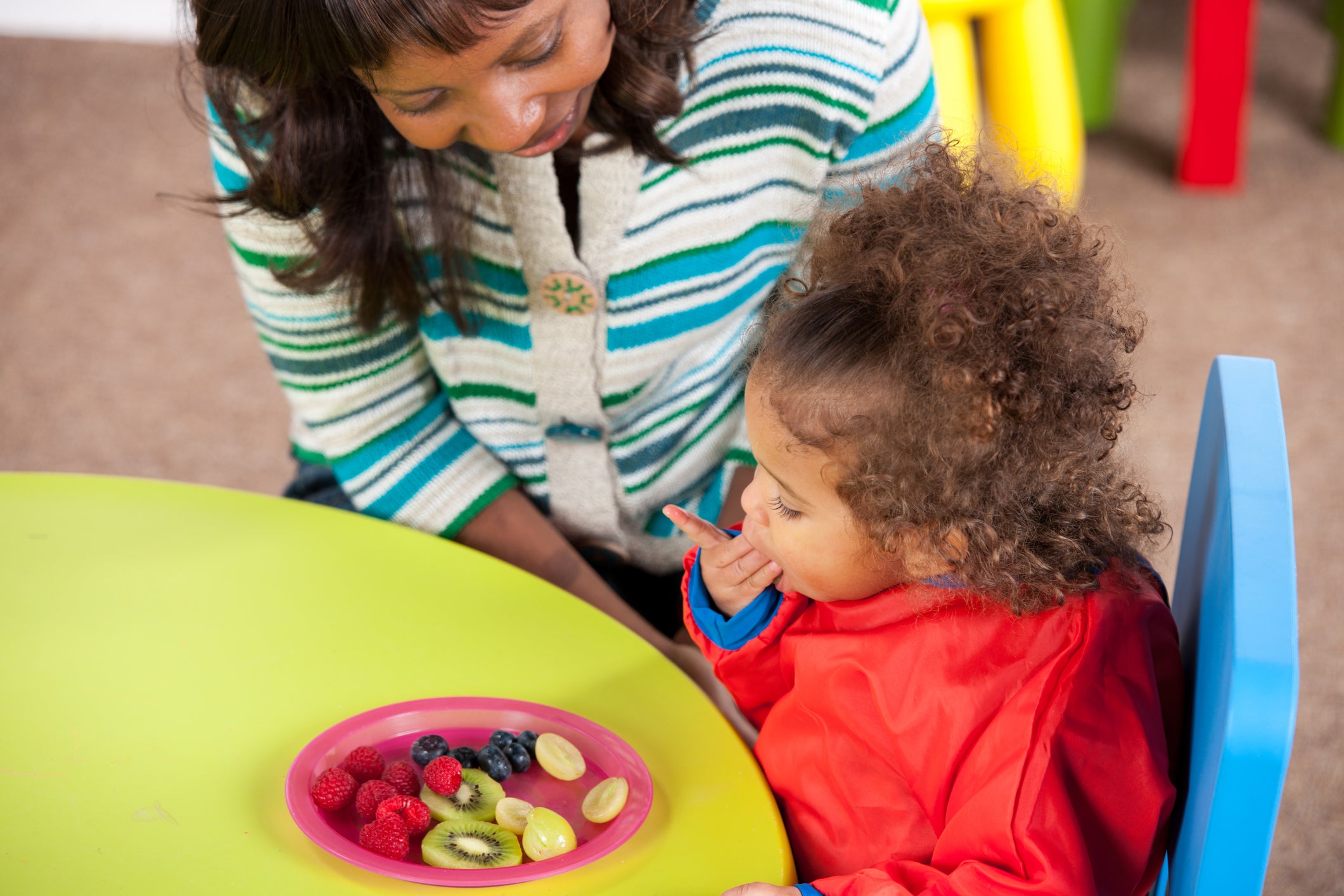
Remember that by replacing their meals with a meal replacement, your child is not learning to develop eating skills such as chewing and using feeding utensils. Nor are they experiencing foods with different tastes and textures, making it more challenging to get them to eat normal foods in their natural form. However, when your child does become picky, you need to navigate carefully. Is he picky because he wants something else instead – like sweets or dessert? Or is he truly just not feeling like a particular food on that specific day. Have alternatives ready. These alternatives should consist of fruits and veggies that can be eaten raw, as it is often the cooked food that become the ‘offenders’.
If there is no medical reason or diagnosed growth faltering, you may consider complementing their diet with NESTLÉ® NIDO® 3+ during periods of fussiness.
Be careful not to bribe your child to eat something they do not want to eat. Using sweets or other food treats to finish a meal does not help to set healthy eating habits. Rather use treats such as playing a game together or reading him his special story to help them to eat healthy food they may be refusing.

What about a meal complement?
Offering nutrient-dense food and drinks to your child becomes even more important when you find they go through a stage of fussiness or picky eating. Milk has been used over many years as a vehicle for micronutrients (vitamins and minerals) and remains an important component in our diets. Growing children should at least have 2 glasses of milk a day. A meal complement is a good option, as it has been enriched with a number of vitamins and minerals known to be deficient in the diets of many toddlers, including picky eaters. The enriched powdered dairy drinks do not replace a meal but rather complement the daily meals already offered, thereby providing reassurance to the caregiver that the child’s diet is balanced.
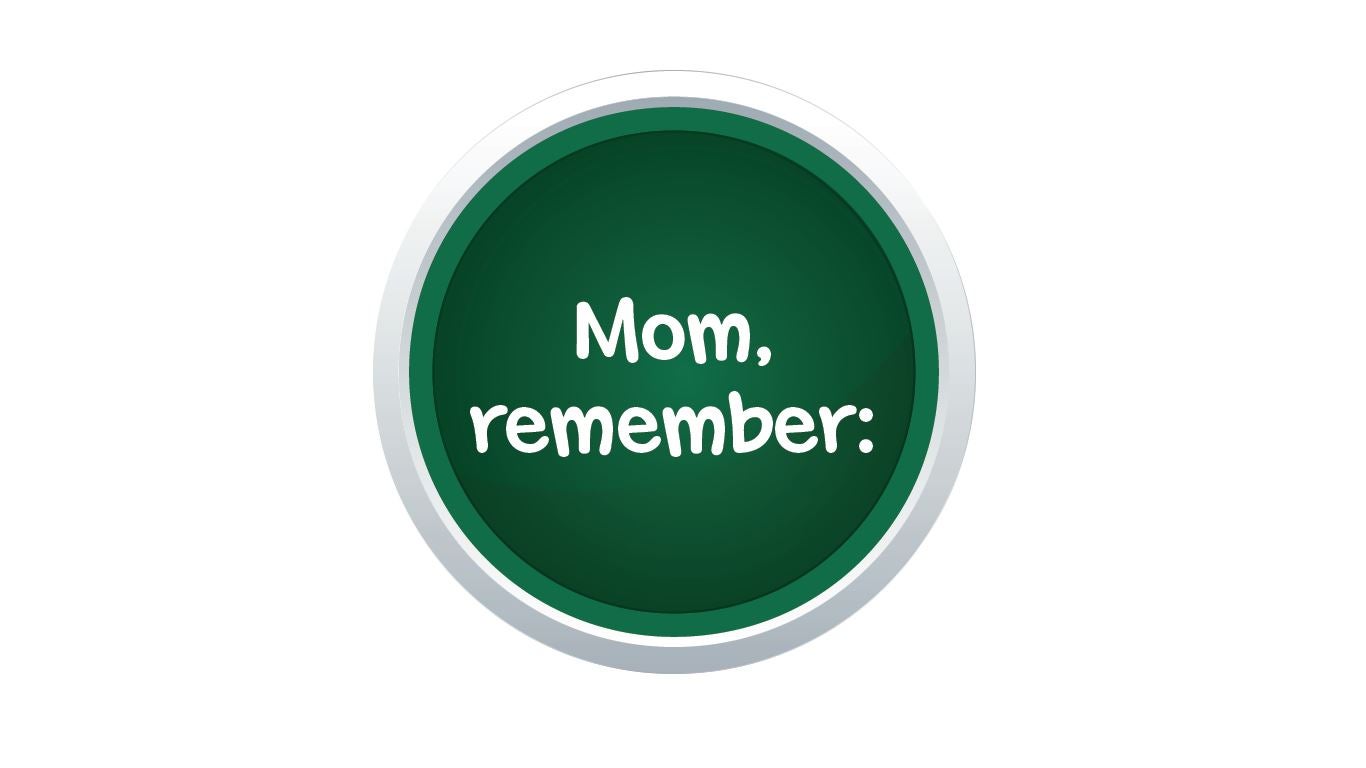
To instil healthy eating habits from the start, be their role model and encourage healthy eating habits by making nutritious choices appealing and focus on their overall diet rather than specific foods. They learn from what you do and eventually will follow the same healthy diet as their parents.
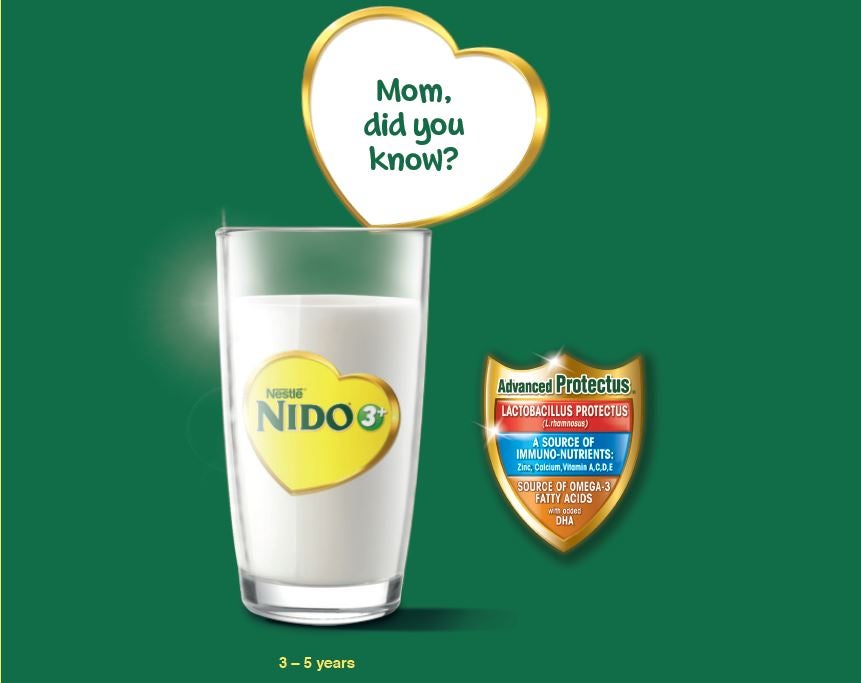
NESTLÉ® NIDO® 3+ is a daily source of immuno-nutrients and omega-3 fatty acids with added DHA, which supports toddlers’ growth and helps to ensure that these recommended micronutrients are included in their daily diet. One serving of NESTLÉ® NIDO® 3+ gets your preschooler 27% of their daily recommended vitamin D and 25% of their daily recommended calcium. NESTLÉ® NIDO® 3+ also contains a live culture called Lacticaseibacillus rhamnosus, which supports digestive, respiratory and immune systems.
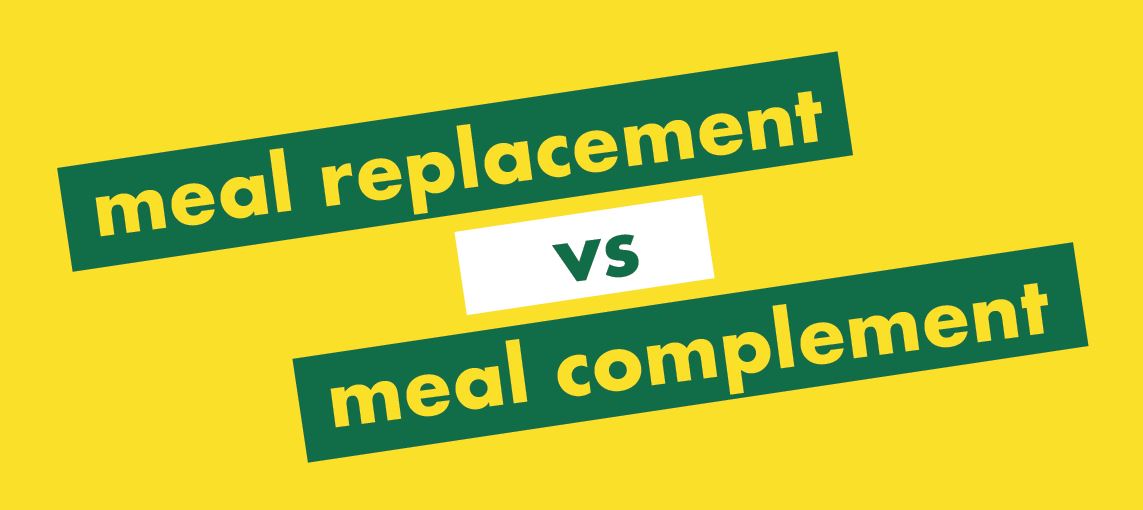


So mom, now you know the difference, we hope you can make an informed choice for your growing child. If you are very concerned about your picky eater, speak to a registered dietician or your paediatrician.
Reference:
TM Samuel, K Musa-Veloso, M Ho, C Venditti, Y Shahkhalili-Dulloo. A Narrative Review of Childhood Picky Eating and Its Relationship to Food Intakes, Nutritional Status, and Growth. Nutrients 2018, 10, 1992; doi:10.3390/nu10121992
IMPORTANT NOTICE:
A well-balanced diet, both during pregnancy and after delivery, helps sustain an adequate supply of breastmilk. Exclusive breastfeeding is recommended during the first six months of life, followed by the introduction of adequate nutritious complementary foods, along with sustained breastfeeding up to two years of age and beyond. NESTLÉ® NIDO® 3+ is not a breastmilk substitute. As babies grow at different rates, seek advice from your healthcare professional on the appropriate time when your baby should start receiving this product. 17099MMS/WEBSITE ARTICLE GUMVSMR/NOVEMBER 2020.
